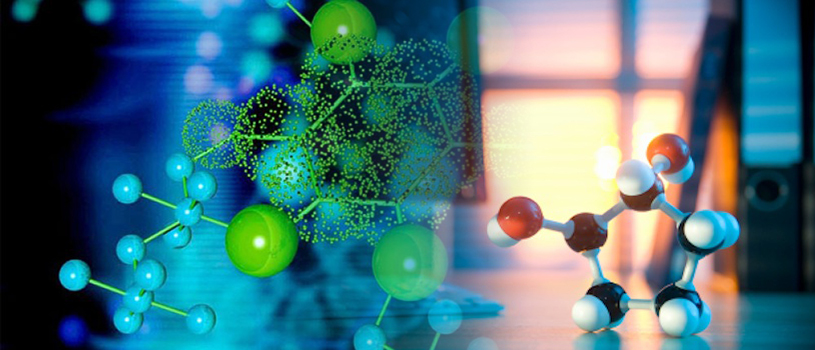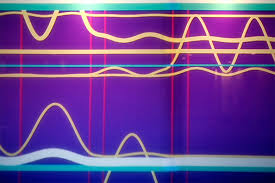
Scientists think they have achieved the first gene editing inside the body, altering DNA in adults to try to treat a disease.

An international team of scientists claim to have pulled off a first: Three-dimensional replicas of human blood vessels that are grown in a petri dish.

In November a first for Bulgaria (and the world), experts at Tokuda Hospital removed the tumorous bone and replaced it with a 3D-printed rib from local manufacturers 3DGence and 3dBGprint.

In the perhaps not so distant future, surgeons could perform a range of medical procedures all without touching the patient, thanks to advancements in 'acoustic tweezers'.

We know a placenta is essential for a successful pregnancy, but we don’t really know exactly how it works because we’ve had no experimental models we can use to study it. Until now.

Changing the gut microbiome to beat illness really does hold great potential, but first scientists must answer what constitutes a healthy gut microbiome and in whom.

Devices that eavesdrop on neural activity can help paralyzed people command computer tablets to stream music, text friends, check the weather or surf the internet.

In a matter of seconds, a new algorithm read chest X-rays for 14 pathologies, performing as well as radiologists in most cases, a Stanford-led study says.

UK scientists have been able to identify a chromosome signature for the group of children needing more intensive, aggressive chemotherapy treatment for the most common form of brain cancer.

Planned intermittent fasting may help to reverse type 2 diabetes, suggest doctors after three patients in their care, who did this, were able to cut out the need for insulin treatment altogether.

Two new reports suggest that electrically stimulating the spinal cords of accident victims can let them walk again.

Over 500 new gene regions that influence people's blood pressure have been discovered in the largest global genetic study of blood pressure to date, led by UK.

Engineers have developed a new ultrasound transducer that could dramatically lower the cost of ultrasound scanners to as little as $100. Their innovation is portable, wearable and can be powered by a smartphone.

Swedish researchers have identified four types of neurons in the peripheral auditory system, three of which are new to science. The analysis of these cells can lead to new therapies for various kinds of hearing disorders.

US scientists have developed a technique to directly convert the cells in an open wound into new skin cells. The approach relies on reprogramming the cells to a stem-cell-like state and could be useful for healing wounds.